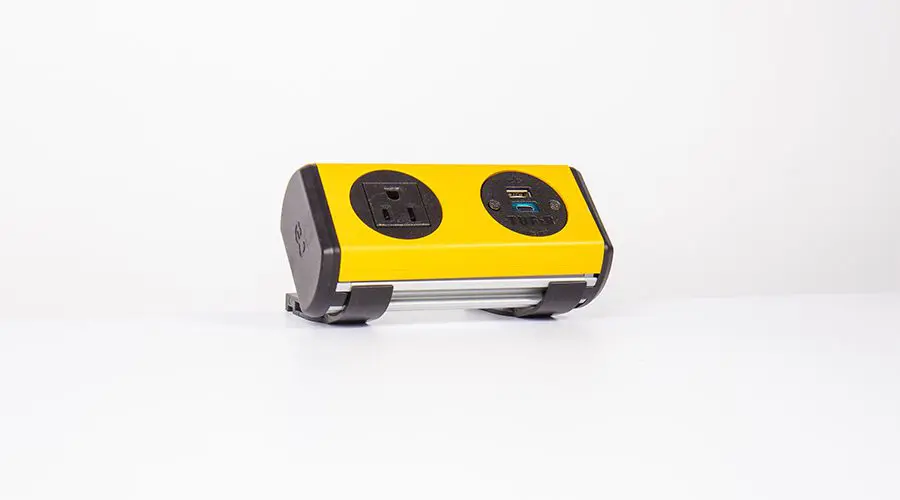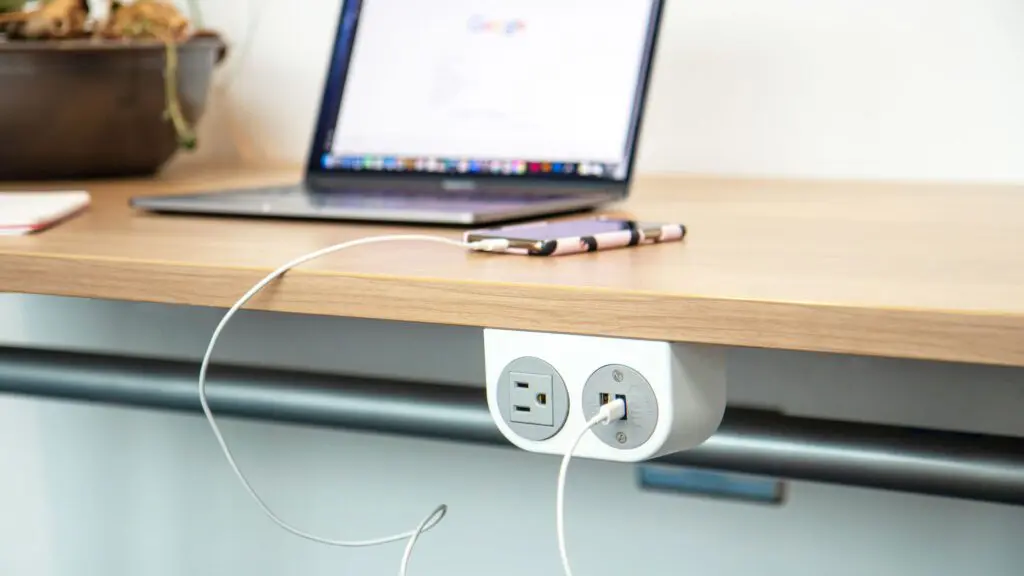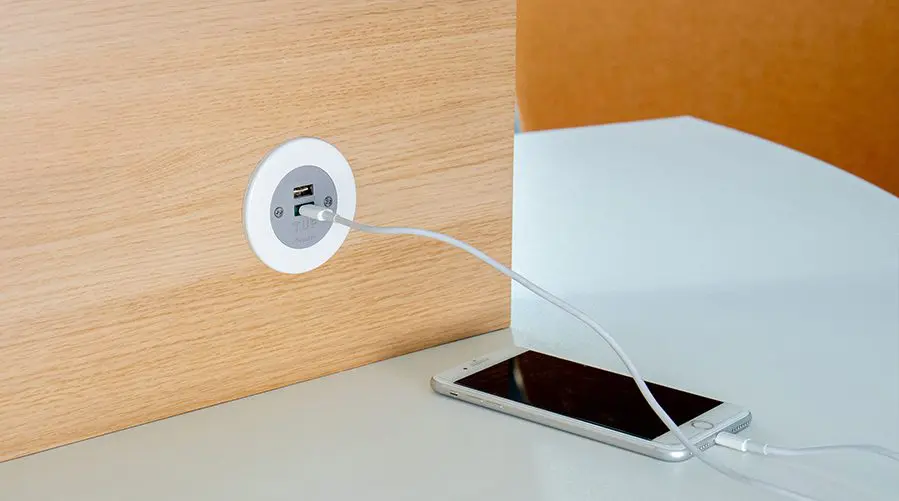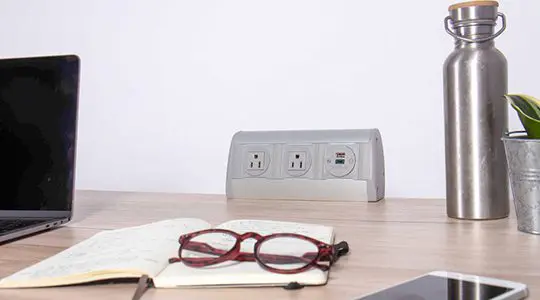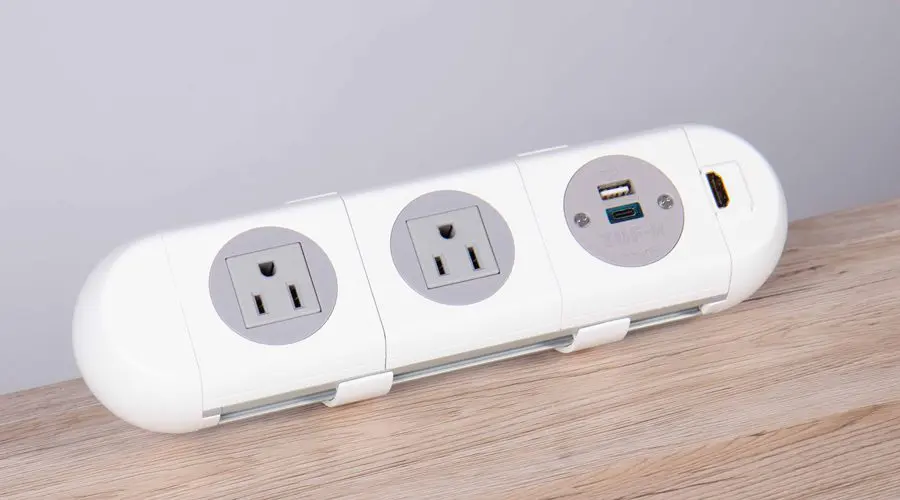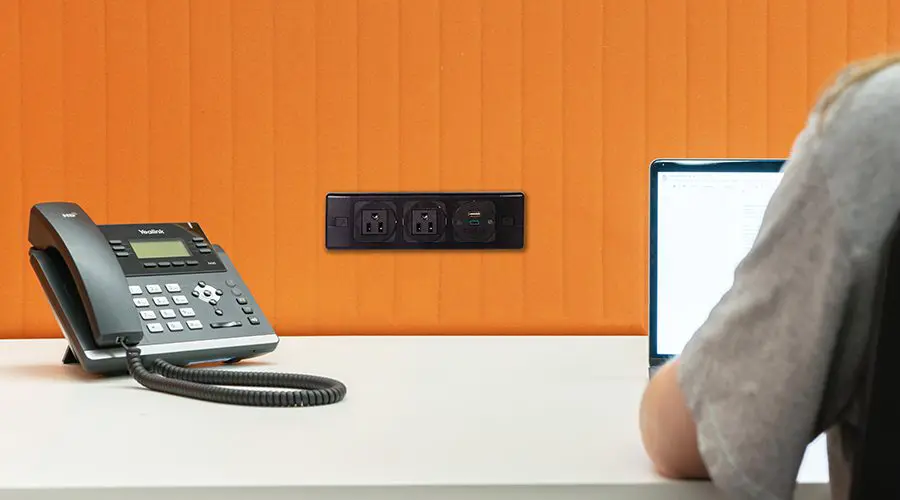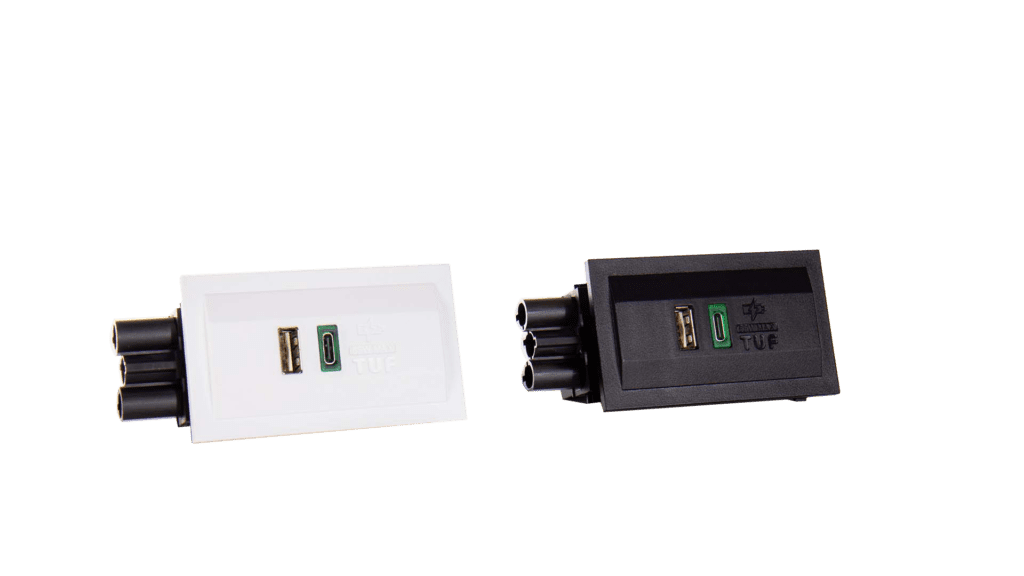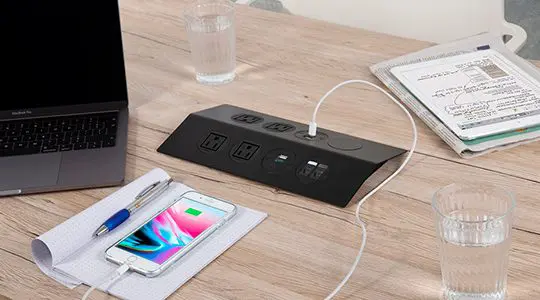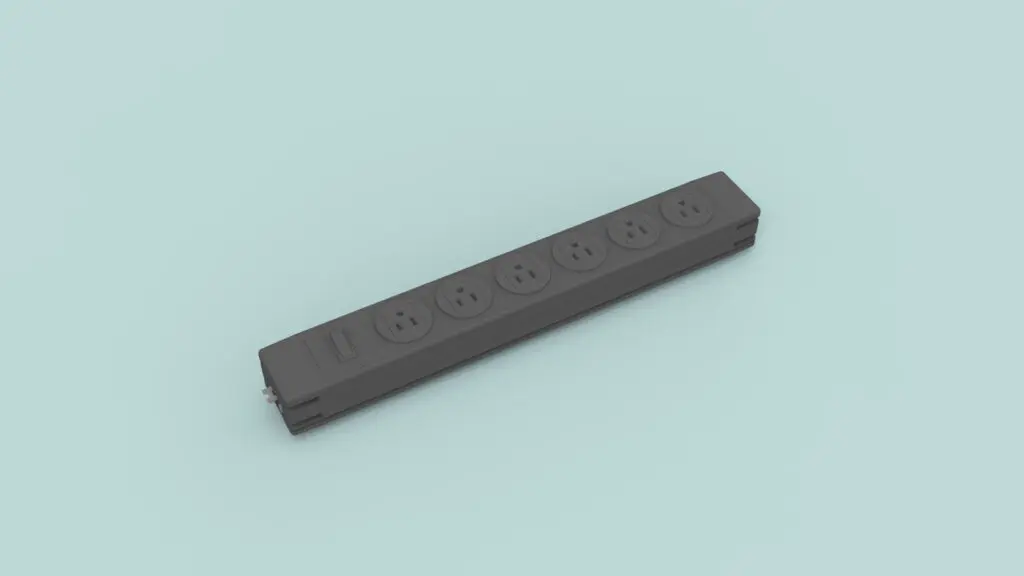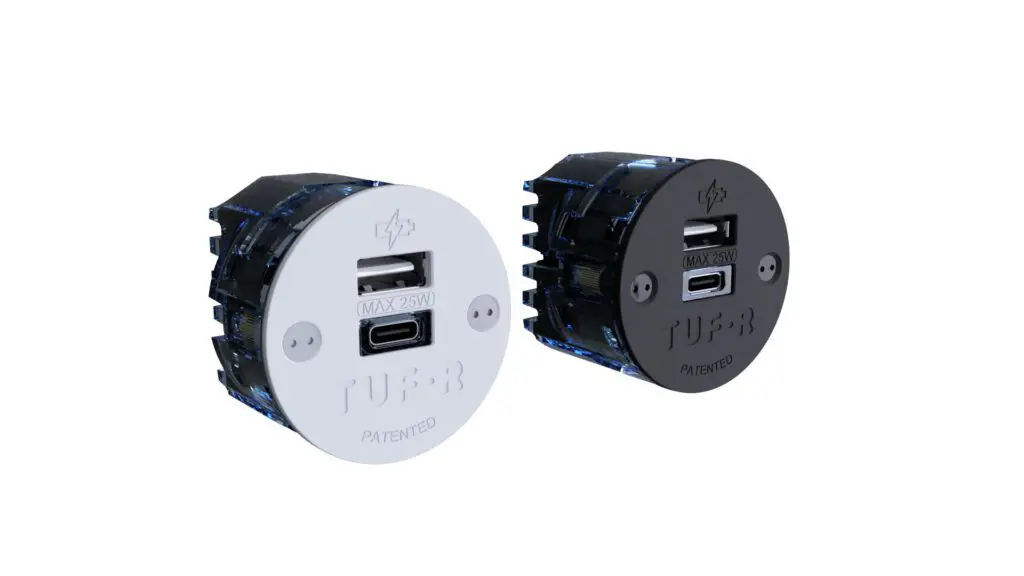5 things to avoid if you want to sell more furniture

It’s easy to spot a mistake from the outside, don’t you think?
(That’s why I’m such a great soccer player…but only when watching Premier League games from my couch at home — because I’m not the one with 60,000 fans screaming at me, and five defenders between me and the goal.)
Being on the outside looking in, we’ve had a good vantage point over our 30 years in business to watch both great successes and unfortunate flops within the furniture industry.
And we’ve noticed 5 key areas that cause underutilized furniture, missed WOW factor opportunities, and unrealized potential from designs. Luckily, these areas are easy to address.
Let’s break down the top 5 mistakes so you know what to avoid and how to quickly turn things around:
Mistake #1
Designing for yourself, rather than your customer

This mistake is exactly what it says on the tin. You come up with a cool idea so you design it into a piece of furniture, thinking everyone will love it…but it’s not actually what the market wants.
Whereas, if you speak to customers and find out what they’re struggling with — like the changing way they use their office or the evolving needs of their airport — you can instead develop a piece of furniture that you know people want and need.
That’s what we’ve done with battery charging at OE, which is next on the horizon. Our furniture partners told us they need battery technology so we said, “Well, alright. That means we’ve got to figure out a product to fill that need!”
When you focus on user experience first, you design furniture that actually gets USED. And when your furniture is the most popular option in the room, that leads to satisfied customers who want more of your products in the future.
Once you understand the user’s needs, wants, and challenges, that’s when your design ideas and creativity come into play! It’s about melding your aesthetic with the functionality that suits the user. That combo makes for a truly successful design.
Mistake #2
Compromising quality for price

The pressure to be competitive is enormous. So it’s tempting to use less costly components to meet pricing pressures, often setting up a downward spiral of cost vs. price to remain competitive.
But then it becomes a race to the bottom…and that’s an awful sport to be. Another manufacturer will always come in cheaper. And to win the next job, you’ll end up selling furniture for nothing.
If you want to make a high-quality piece of furniture (which is what you want, right?) don’t compromise on suppliers. You don’t want to design this really cool piece of furniture and then use the cheapest fabric on it, for example. You want continuity of quality throughout.
It’s user experience, again…
If you do compromise quality for price, then you may sell a bunch of furniture the first time around. But it ultimately won’t get used because people won’t want to work at it or sit on it. (With electrics, especially, there’s a massive difference between a quality piece that works great for years and cheaper models that can break after a few uses.)
And you’re less likely to get repeat business because end users see that people aren’t using and loving your furniture.
But when you invest in quality components from a trusted supplier, it adds to the integrity and functionality of your furniture, which makes people want to use it. And again — when your furniture gets used, end users want to buy more of it.
So while it saves money upfront to use cheap parts, cutting corners ends up costing you in the long run. It’s much smarter to play the long game and invest in quality to get repeat business.
…Not to mention, a trusted supplier can become more like a PARTNER — who doesn’t just sell you components but also helps you optimize and customize your furniture. They’ll make you stronger by working alongside them, which is a killer bonus!
Mistake #3
Approaching electrics as an afterthought
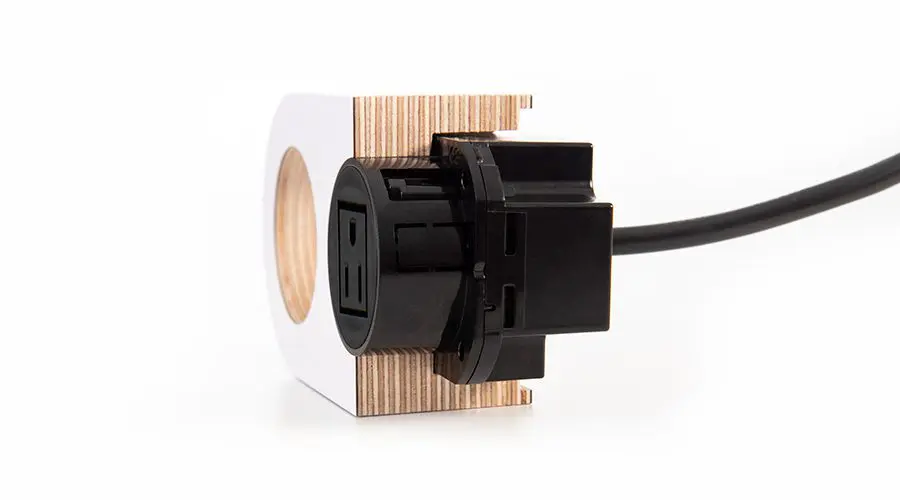
Some OEMs just offer power as an optional add-on to their furniture. Their brochures show a beautiful piece of furniture with a small line at the bottom that says, “Power options available.”
…Whereas our most successful furniture partners make power a central feature of their design.
Furniture with power gets used more. We live on our devices and charging isn’t just a nice-to-have feature, it’s becoming a necessity, especially in the office. And that trend’s only growing. So OEMs who neglect power options are missing a huge opportunity.
Imagine a really nice soft seating area in an office breakout space, full of people sitting down with laptops doing work.
Then ask yourself: What happens when their batteries die?
If those sofas don’t have power options, people will stick around for 20 minutes or so, then go back to their desks to charge.
Whereas, if the furniture has integrated power options, it’ll be used for hours. And when it’s time to renovate the next floor of the office, building managers will say, “We need to put more of this soft seating in, people use it all the time!”
The great thing about OE’s products is that, to be frank, they aren’t ugly. (C’mon, you know some electrics options out there are!) We design with aesthetics in mind and offer loads of different styles — so you can use electrics to attract people to your furniture without sacrificing a sleek look. Click here to check out our products and see how un-ugly they are. 🙂
Mistake #4
Jeopardizing relationships with dealers
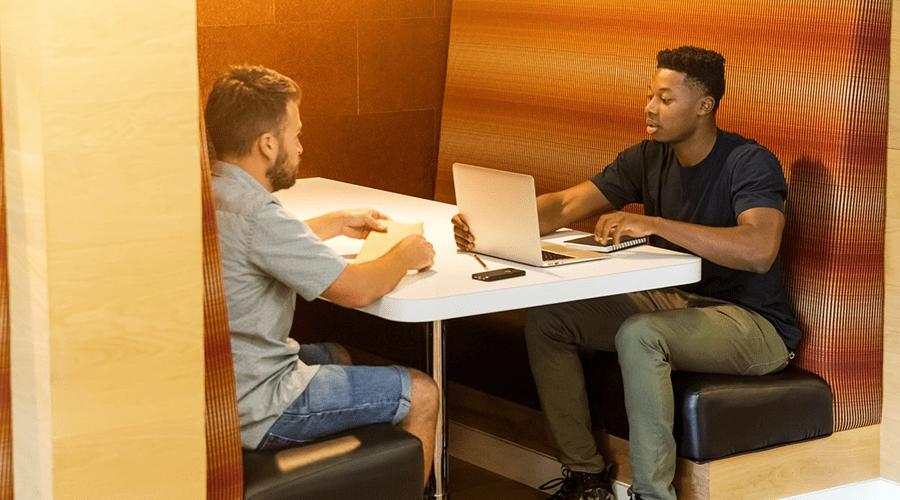
Have you ever been tempted to call up an end user and say, “You know, if you buy direct through me, I’ll save you 20% of what you’re paying through the dealer”?
You make higher profits when you cut out the dealer, which is great, obviously. But our most successful furniture partners don’t do it. Here’s why…
Have you heard of the 80/20 Rule? It’s an economics theory that says 80% of your results come from 20% of your actions. Applied in this context, it means that 80% of your sales come from 20% of your customers. Think about it for a minute…bet it’s true for your business!
The 80/20 Rule teaches us the power of a good customer. Especially if you’re a small company, even ONE great dealer relationship has the potential to transform your business.
So instead of cutting dealers out of your jobs, add them in!
Let’s say a school comes to you and wants to buy your furniture. Instead of buying direct, you can put that school through a dealer to make that dealer absolutely love you.
…Or if it’s in a new market, you can use the opportunity to start a relationship with a dealer you want to work with and say, “Look, I’ve got this job and I need a dealer. Can we put it through you and then talk about adding our furniture to your line?”
Would you make more money if you worked directly with the school? Yes…in the short-term. But then once that school has their furniture, that’d be it.
But if you put the school through a dealer, that dealer might also be working on another school, and an office down the street, and some big university renovations…and hopefully they’ll want to use your products in those jobs, too, because you’re so great to work with.
At OE, we’re all about the big picture. We’re not interested in making quick one-and-done sales; when we partner with furniture manufacturers, we truly care about and invest in those relationships. And we want the same for you and your dealers.
Developing strong relationships with dealers (who find jobs for you) is one of the best ways to grow. It’s smart business to strategically sacrifice short-term wins for long-term success.
Mistake #5
Ignoring longevity

I saw this cool product the other day…
It’s baby clothing that changes as your kid gets bigger. The clothes fold and snap in this clever way so they can expand as the baby grows.
Compare that with the typical baby-clothes situation, where you have to buy a new wardrobe every few weeks as your kid grows like a weed. Which option would you prefer?
For years, we’ve been seeing the trend of flexible spaces…and it’s even more vital in the post-Covid era. End users want to switch up their spaces to adapt with their changing needs. And if your furniture helps them do that, they’ll want more of it.
Really great furniture focuses on longevity…
Whether it’s reupholstering soft seating or replacing modular table legs, when you offer customers a long-lasting option, they’re more likely to buy from you. That’s why we designed TUF USB ports that can be easily replaced to upgrade when new technology becomes available…or if someone sticks a wad of gum right in your USB outlet. Click here for more on TUF.
Mobility is also important. Think about ways you can make your furniture more agile through things like casters, modularity, or lighter materials so people can easily move your products around their space.
One of the big benefits of OE’s soft-corded solution (click here to learn more) is that they can plug into ANY standard wall or floor socket. So the end user isn’t stuck with electrics wired into the wall (and paying pricey electrician fees to move their setup.) They can literally unplug from one socket and plug into another across the room — or even across the building — as their needs evolve.
When you can offer your customers flexibility and longevity, it makes your furniture more valuable…and more likely the option they choose to buy.
Nobody’s perfect! So don’t worry if you’re accidentally making one of these mistakes.
By understanding the common missteps and learning how to fix them, we can all move closer to achieving our goals.
What’s an example of a mistake that helped you learn a valuable lesson? I saw a guy try to fill a Tesla at the gas station the other day…and he eventually learned his lesson.






